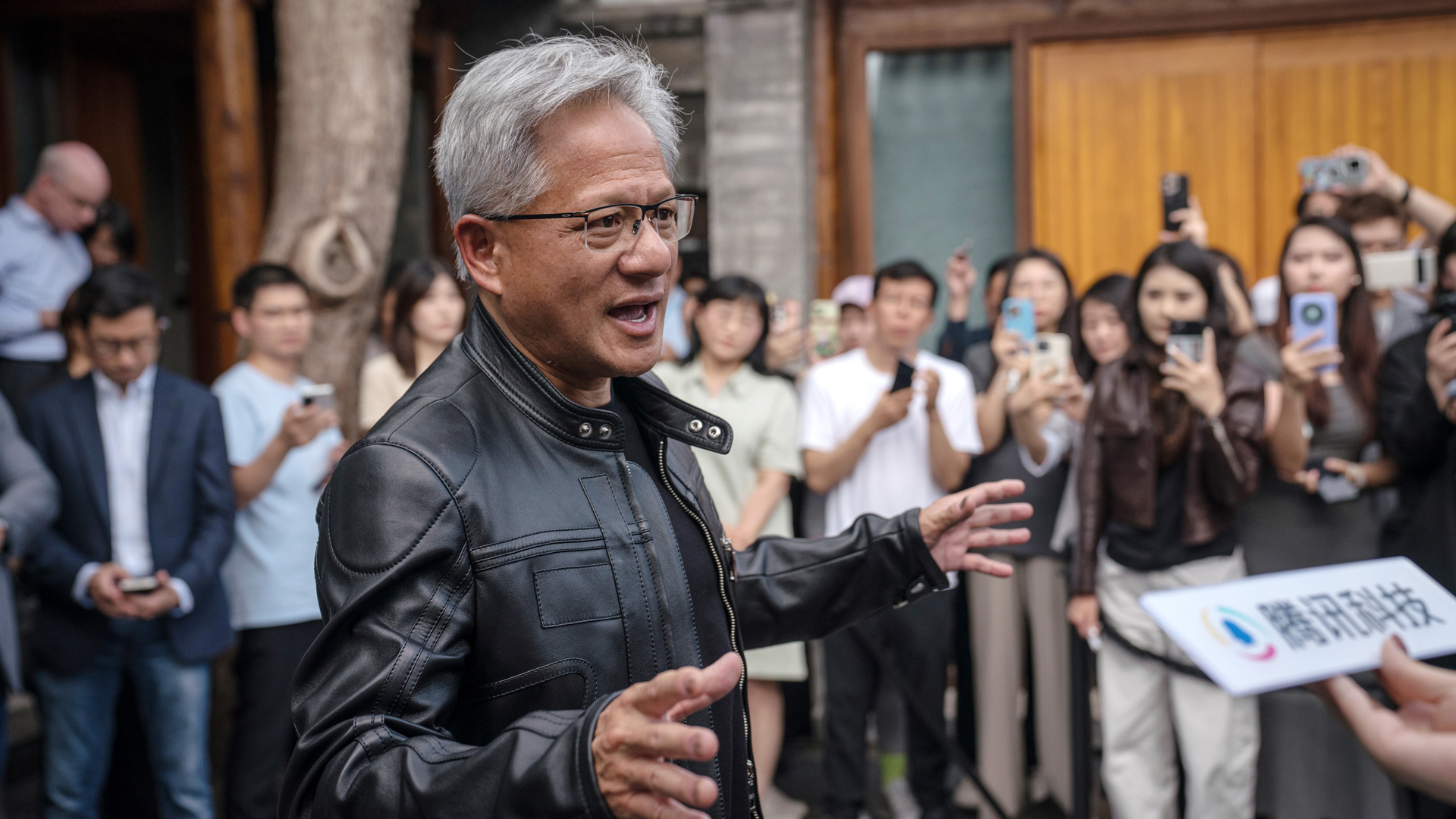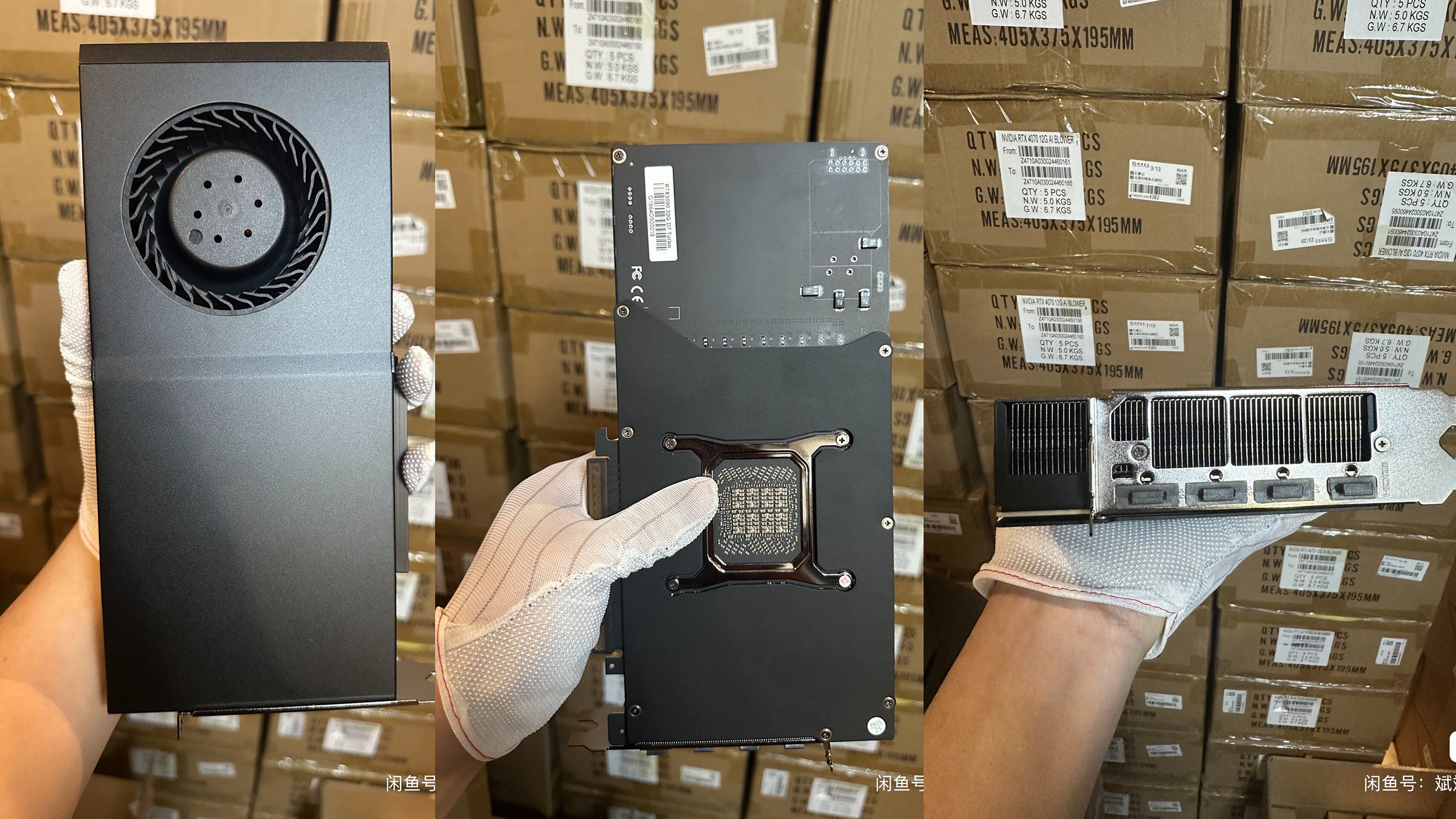Nvidia seeks extra 300,000 H20 GPUs to meet China's surging AI demand — places order with TSMC to meet unexpectedly strong interest

Nvidia’s China strategy is shifting once again. According to Reuters, the company has placed a fresh order for 300,000 H20 AI GPUs with TSMC, spurred by unexpectedly strong demand from Chinese tech giants. This move comes just weeks after the Trump administration reversed an April ban on the H20, a China-specific chip designed to comply with U.S. export controls but still powerful enough to dominate AI inference workloads.
The decision marks a reversal of Nvidia’s earlier stance. CEO Jensen Huang, during a recent visit to Beijing, had hinted that H20 production would remain paused unless customer demand justified a restart—something that would take nine months to spin up. But with existing stockpiles of 600,000–700,000 H20 units quickly dwindling, and reports of smuggling and a booming repair market for banned GPUs, Nvidia is clearly seeing enough momentum to justify new orders.
For context, the H20 is not a regular flagship GPU. While it lacks the raw power of Nvidia’s actual flagship H100 or the newer Blackwell series, industry insiders say it’s finely tuned for AI inference tasks, with some experts noting that it can even outperform the H100 in certain workloads. Chinese tech heavyweights like Tencent, ByteDance, and Alibaba had already stockpiled these chips ahead of the April ban, often pairing them with DeepSeek’s cost-optimized AI models.
Yet the U.S. government has not fully cleared the path. Nvidia still requires export licenses for these shipments, and sources told Reuters that the Commerce Department has yet to approve them. In the meantime, Nvidia is asking Chinese customers to submit detailed order forecasts and documentation, signaling a more tightly controlled distribution pipeline.

Financially, the stakes are massive for the Green Team. After the April ban, Nvidia warned of a potential $5.5 billion inventory write-off and an additional $15 billion in lost sales — a hit that would have dented its lead in the AI hardware race. For context, Nvidia sold roughly 1 million H20 chips in 2024, meaning this latest TSMC order represents nearly a third of last year’s total volume.
The political backlash, however, is intensifying. Twenty U.S. national security experts, including former officials from the Bush and Trump administrations, have urged the Commerce Department to reinstate the H20 ban, warning that the chip is “a potent accelerator of China’s frontier AI capabilities.” Their letter argues that the H20’s inference performance could bolster China’s military AI efforts and weaken U.S. export control policies, something that Jensen Huang has disagreed with before.
Despite this pressure, Nvidia is betting that keeping its software ecosystem entrenched in China is critical to maintaining its dominance. If Chinese developers migrate fully to Huawei’s competing solutions, the long-term loss could be far greater than any short-term political fallout. The H20 may not be Nvidia’s flagship, but in the high-stakes U.S.-China tech rivalry, it’s becoming a chip that symbolizes far more than just performance.
Get Tom's Hardware's best news and in-depth reviews, straight to your inbox.
Follow Tom's Hardware on Google News to get our up-to-date news, analysis, and reviews in your feeds. Make sure to click the Follow button.

Hassam Nasir is a die-hard hardware enthusiast with years of experience as a tech editor and writer, focusing on detailed CPU comparisons and general hardware news. When he’s not working, you’ll find him bending tubes for his ever-evolving custom water-loop gaming rig or benchmarking the latest CPUs and GPUs just for fun.
-
DS426 Good grief, what would happen if nVidia didn't have another opportunity to make even more money? That would be awfully shameful!Reply